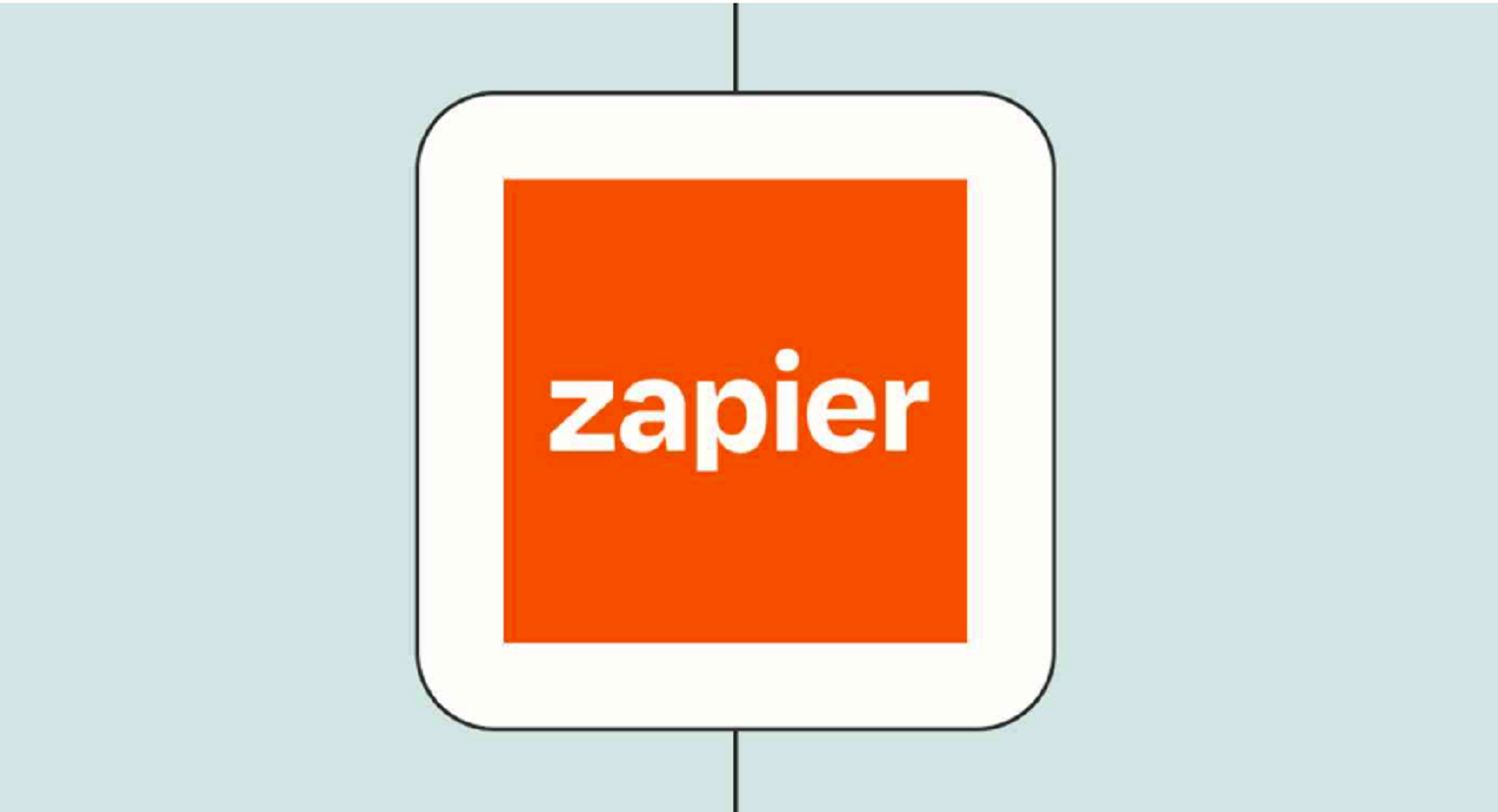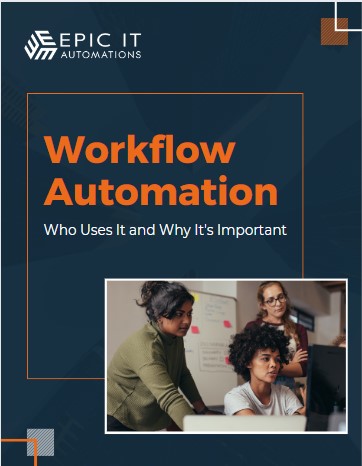Consulting is notorious for being one of those jobs your friends don’t understand. If you’ve ever been interested in consulting but too afraid to ask what it entails, we’ve got you.
What Is a Business Consultant?
A business consultant is an individual who works closely with business owners and managers who want to improve operations and efficiency, grow their businesses or maintain existing positive trends.
Business consultants act as partners in identifying and overcoming the obstacles that arise along a company’s path to meet its goals.
What Does a Business Consultant Do?
There are consultants who specialize in specific industries, while others take a more general approach. Specific services vary by consulting firm, but here are some of the most common responsibilities of a consultant:
- Identify obstacles preventing growth or efficiency
- Pinpoint opportunities for change and help implement changes
- Provide training and resources to staff and management
- Bring out-of-the-box ideas to refresh processes or establish workflows
- Assist in business planning and creating new businesses
- Assess, hire and fire staff as necessary
- Implement new programs
- Analyze a company’s budget, suggest adjustments and implement suggestions
- Locate vendors and partners
What Kinds of Businesses Need a Consultant?
Nearly any business can benefit from hiring a business consultant. Here are a few examples of scenarios in which a consultant might assist in various stages of growth or facing a range of challenges.
- Startups can complete the planning phase and get a strong initial boost using third-party data analysis.
- Growth-stage businesses can access a fresh perspective as they advance and try out new strategies.
- Organizations that are not meeting their financial goals can dig deeply into their accounting history and practices.
- Companies adding a new department can get support with setup and staffing.
What Are the Advantages of Business Consultants?
Having gathered insights and expertise from many clients and industries, consultants often have more and different resources than internal employees. Their “bird’s eye view” can complement the experience of seasoned business managers and owners. An outsider is often better at pinpointing strengths or weaknesses than someone entrenched in a business.
There are some cases in which consultants can also make processes much faster. Especially when a team is building a new campaign or business plan, a consultant can come in with clear steps and assignments right away. Many also have a strong network of service providers and external resources.
Whether the focus is a budget adjustment, a sales revamp or a marketing initiative, business consultants tend to generate a wealth of creative solutions.
What Tools Do Business Consultants Use?
Being a business consultant requires a lot of planning, researching and organizing. The right tools can help consultants perform at their best. Below are five of the most important categories of tech in consulting.
1. CRM Software
CRM software is for more than keeping track of client information and interactions, sharing files and tracking lead progress. With accurate data attached to a client record, it should ultimately help develop strong relationships and support accurate internal and external communication.
2. Proposal Software
Consultants send business proposals regularly, so using a platform that provides templates can save hours. Proposal software also maintains consistency in branding and style.
3. Project Management Tools
Most business consultants manage several different clients at a time — and multiple projects for each client. Ideally, they need project management tools built to support client-based businesses.
4. Time-Tracking Tool
A business consultant typically charges by the hour, so keeping up with billable hours is a foundational aspect of consulting. Moreover, these hours need to be tracked per client and per project.
5. Cloud Automation Software
Automated work management software like Accelo can streamline your workflow and simplify your days. By integrating current apps into a single platform, business consultants can easily manage sales, projects and more — no matter where they are.
If you think you can benefit from hiring a business consultant, give Epic IT Automations a call! We’ll help you identify obstacles preventing your business growth or efficiency and help you pinpoint opportunities for change and help implement changes.
Source: Accelo











